Many restoration projects have been implemented in the Skeena River watershed over the past decades, but a comprehensive overview of these efforts is lacking. This knowledge gap in salmon ecosystem restoration hinders effective decision-making for future initiatives. To address this, the Skeena Knowledge Trust, with funding from Fisheries and Oceans Canada (FOC) Aquatic Ecosystem Restoration Fund (AERF) and support from the Habitat Restoration Centre of Expertise, is developing a Skeena restoration project registry. The goal is to collect information on past and ongoing restoration efforts and display it on a single platform. This platform will offer high-level summaries, with detailed reports stored in the Skeena Salmon Data Centre.
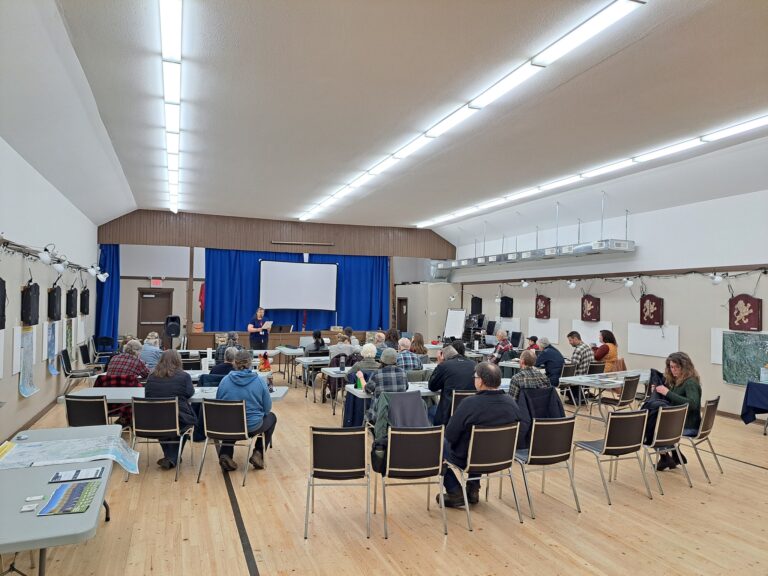
Announcement of user needs survey to practitioners
The project officially kicked off in September 2023, with the first phase focused on understanding user needs. This included identifying users’ work areas, the data issues they faced, and how they would use the registry, along with desired functionalities. A user needs assessment survey was created and open for responses until February 2024. After reviewing the results, a proof of concept was developed using data from a restoration project in the Upper Bulkley area.

Survey form sent out to over 200 practitioners

Proof of concept (first draft) for a restoration project in the Upper Bulkley area
Subsequent meetings with the FOC Salmon Habitat Restoration Centre of Expertise helped to get an understanding of key attributes capturing the information reflected in the registry. The intention of the attributes was to get a good understanding of the project in a summarized version, while the report stored in the SSDC would provide detailed project information. Input from DFO members and practitioners in the Skeena guided the selection of these key attributes, which was adjusted throughout the phase of populating the registry with project reports, based on identified information needs.
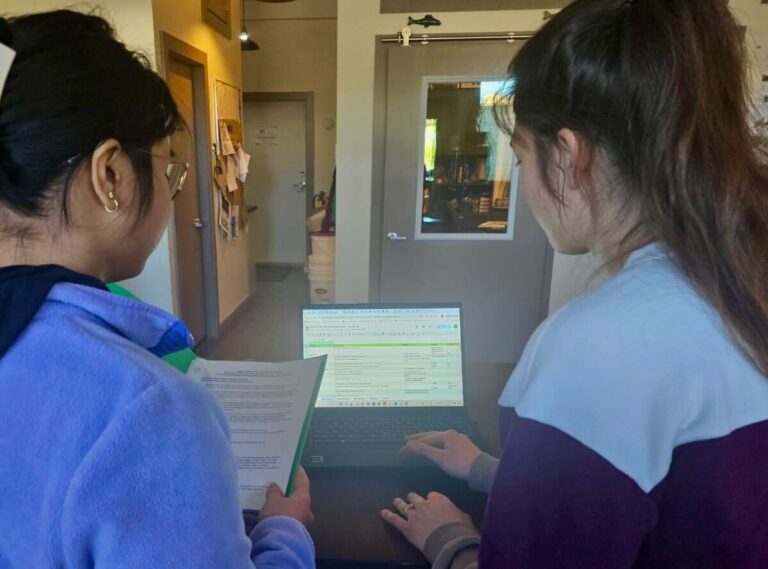
The team working on curating and organizing reports
In April 2024, the process of sourcing reports began, drawing from various sources like online databases (EcoCat), past workshop resources, and stakeholder meetings. These meetings proved invaluable for expanding the network of contacts and discovering additional reports. However, gathering the reports was more challenging than anticipated, with documents scattered across hard drives, offices, and private collections. Major challenges included securing data ownership and obtaining approval to include projects and reports in the registry. Furthermore, while summary reports were often available, accessing the full, more detailed reports remained difficult. To streamline the process and narrow down the amount of reports, the focus was placed on restoration and enhancement implementation reports, with plans to later expand to assessment and monitoring reports.
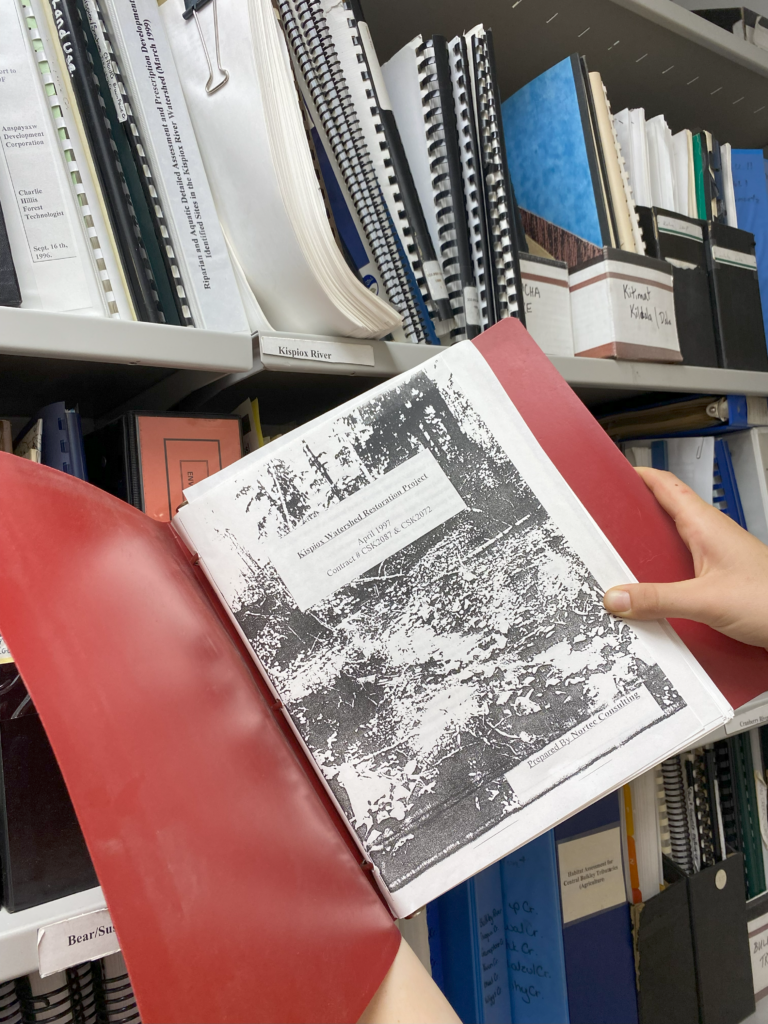
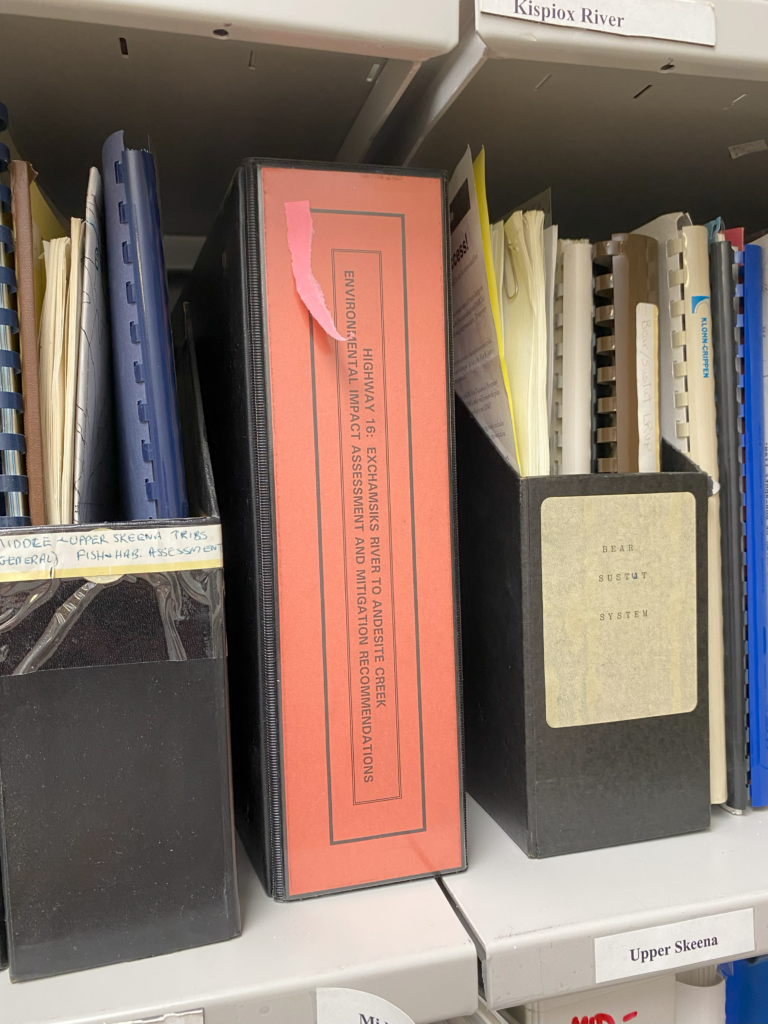
Trying to find a way out of the report jungle by sorting and scanning relevant reports
By July 2024, after tracking down various reports, the second phase began, focusing on developing the web application. The design phase prioritized key features based on the user survey results, including mapping capabilities, ease of use, and options for downloading and integrating data. A suitable software tool was selected, and development commenced in August. Following multiple rounds of internal testing and feedback, the first version of the web application was ready by October.
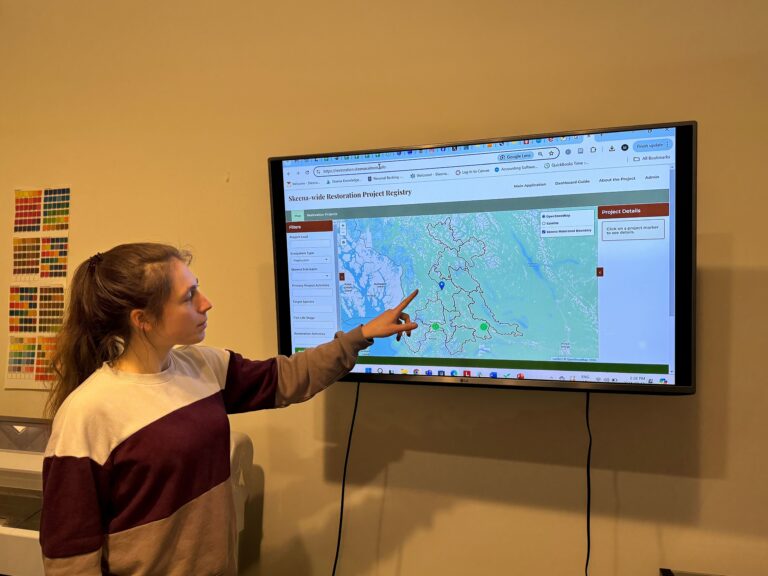
Project Manager, Manuela Zindler presenting the updated project registry
In parallel, the registry was populated with initial project data and linked to the SSDC. Two workshops scheduled for November aim to gather further feedback for refinement. Looking ahead to early 2025, plans include creating user help videos and integrating additional project reports. Over the coming years, the focus will be on enhancing the registry, adding more reports, and holding workshops to improve its functionality.